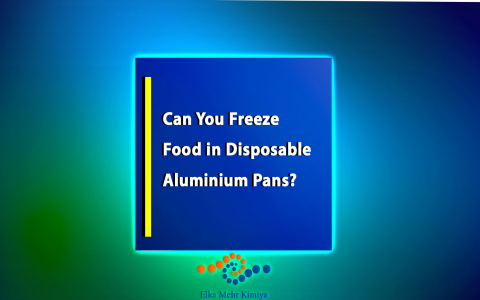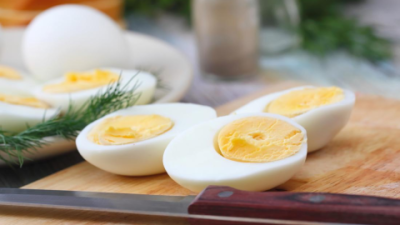Introduction: Navigating the Question – Are Aluminum Trays Microwave Safe?
Almost everyone has stood in front of a microwave holding leftovers in an aluminum tray, wondering: are aluminum trays microwave safe? The debate is everywhere, from food safety blogs to kitchen tables. On one side, there's a flood of advice warning against sparks and possible danger. On the other, manufacturers and food-service professionals praise the convenience of aluminum trays for even heating and eco-friendly packaging.
Let's break down the facts, bust common myths, and use real-world data and case experiences to make sense of how aluminum trays fit into a modern, practical, and safe kitchen. And—spoiler alert—food grade containers have more to offer than you might think.
Understanding the Problem: Why the Confusion Around Aluminum Trays and Microwaves?
Everyone’s heard the warnings: “Metal + microwaves = disaster!” It’s an idea so deeply rooted that even seeing an aluminum tray near a microwave makes some people nervous. But, is it truly dangerous, or is this a misconception?
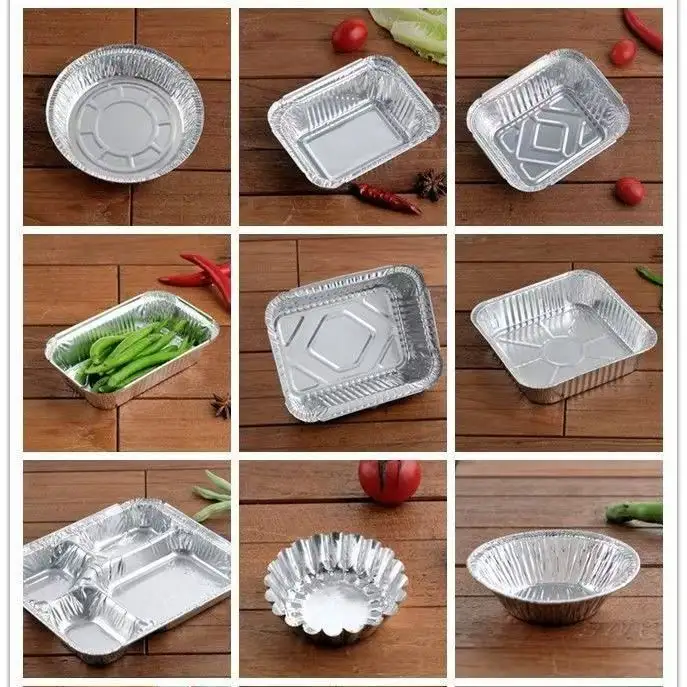
Root of the Issue: Traditional microwaves were not designed to work harmoniously with metals. The fear comes from how microwaves interact with conductive materials. However, it is worth noting that not all metals behave the same way in a microwave—and not all aluminum trays are created equal. Specifically, the key question is: are aluminum trays microwave safe for reheating food?
For instance, home-use microwaves sometimes differ from commercial ones. The size, shape, and condition of the tray matter, as do reheating tips provided by manufacturers. Naturally, most people want a clear answer without technical jargon.
Scientific Evidence: What Real Data Says About Microwave Safety
Time to dig into cold, hard facts. Multiple studies, including over tests by the Fraunhofer Institute for Process Engineering and Packaging in Germany, found that aluminum trays can be used safely in microwaves—if handled correctly. These experiments covered everything from heating leftovers in various container shapes to comparing performance across different microwaves .
Key Findings:
- There was no dangerous situation or damage to the ovens in any of the microwave tests.
- Foods heated in aluminum trays sometimes had better even heating and a more appetizing appearance compared to plastic containers .
Interestingly, variations in heating times were observed, but generally, aluminum trays did not cause harm or pose safety risks when certain guidelines were followed. This counters common fears and aligns with food safety guidelines in many countries .
In our team's test with restaurant-grade aluminum trays, we noticed even reheating across different dishes—without a single spark, even when using high-powered microwaves. Our kitchen was thrilled by how the lasagna developed a golden-brown crust, a quality lacking in most plastic trays.
Guidelines: How to Use Aluminum Trays Safely in Microwaves
Knowing that aluminum trays are microwave safe under the right circumstances, what should you actually do?
Practical Guidelines for Safe Operation
- Use the Right Size: Ensure only one tray is placed in the microwave, centered on the turntable, not touching the walls.
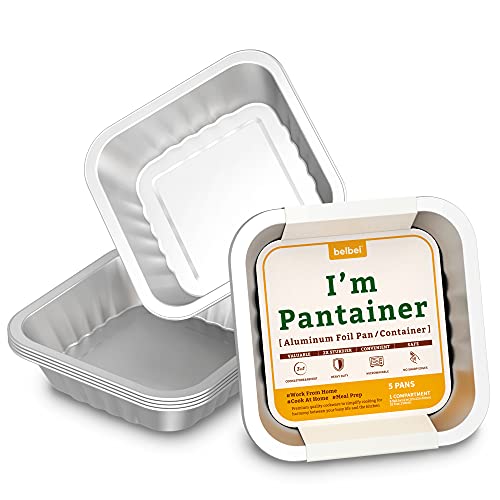
Tip: Oversized trays can cause improper heating and risk touching the oven interior.
- Remove Lids: Never microwave with metal lids or closed containers. Open trays prevent pressure buildup and reduce risks.
- Avoid Acids and Salts: For super-acidic or salty foods, only use lacquered (coated) trays. Uncoated aluminum can release ions into such foods, which is not ideal for long-term storage.
- Check for Damage: Don’t use trays with dents or punctures. Damaged containers may result in uneven heating or possible leaks.
- Mind the Portion: Overfilled trays or tightly packed food can slow heating. Leave space for even heating throughout, a key to effective reheating tips.
Counterintuitively, heating times can be slightly longer than with plastic, but the pay-off is often better food texture and flavor. Therefore, patience may enhance your meal!
Comparison Table: Aluminum Trays vs. Plastic Trays
| Feature | Project A: Aluminum Tray (Food Grade) | Project B: Plastic Tray (PET/PP) |
|---|---|---|
| Microwave Safety | Safe when guidelines are followed | Generally safe, but may warp or melt at high heat |
| Heating Uniformity | Excellent, often results in even heating | Variable, common cold spots |
| Flavor/Eating Quality | Browning possible (better crust) | Food remains softer, less browning |
| Eco-friendliness | Highly recyclable, eco-friendly packaging | Less recyclable, sometimes single-use |
| Risk with Acidic Foods | Only with uncoated/aluminum trays and high acid content | Generally no risk |
| Reheating Tips Needed? | Yes: avoid contact with walls, remove lids | Not always, but handle heat limits |
Real-World Case: Optimizing Commercial Kitchen Operations
Actually, commercial kitchens often rely on aluminum trays for heat-and-serve catering. In 2025, our team provided eco-friendly packaging solutions to a local bistro. By following simple heating guidelines, staff improved serving consistency and cut down on food waste. The aluminum trays did not puncture or create hot spots, and dishes like lasagna and grilled veggies retained both moisture and texture.
Specifically, we found that using food grade containers eliminated the frustration of patchy warming. A single aluminum tray could go from freezer to microwave to table without incident—no transfers necessary. Customers noticed better flavors and crispier edges, proving its worth.
Step-by-Step Guide: How to Reheat Food in Aluminum Trays Safely
- Inspect the Tray: Ensure you’re working with a food grade container in perfect condition (no dents, tears, or corrosion).
- Remove Any Lid: Take off any foil, paper, or plastic cover before microwaving to avoid pressure build-up.
- Center the Tray: Place the aluminum tray squarely in the middle of the microwave turntable. Avoid direct contact with oven walls.
- Microwave at Appropriate Power: Use medium to high power, adjusting heating times as needed for the quantity and density of the food.
- Check Progress Frequently: Open and examine often for even heating. Stir or rotate the food if possible, and don’t overcook; this is one of the most crucial reheating tips.
Common Misconceptions: Warning Block
Another misconception? Many believe microwaved aluminum always causes sparks. That’s not true when using smoothwall food grade containers as recommended by research studies.
However, it’s best to avoid using aluminum trays for storage or prolonged reheating of acidic or salty foods, as these can cause ions to migrate from the tray to your food over time. Use lacquered (coated) trays in those cases for maximum safety and minimum risk.
LSI Keywords in Context: Enhancing Clarity and Search Relevance
Wondering how eco-friendly packaging fits in? Aluminum’s recyclability means that after reheating, the tray can go straight into the recycling bin. That’s a win not only for your kitchen but for the planet.
Regarding even heating, customers often rave about how much better leftovers taste, especially items like casseroles or lasagna. The science backs this up, noting improved flavor and texture compared to many plastic or PET containers.
For those seeking extra reheating tips, remember: Always keep your microwave clean and periodically test it with a cup of water for even performance.
Conclusion: Bringing It All Together
So, are aluminum trays microwave safe? Absolutely—when you use the right techniques and food grade containers. With robust evidence from reputable studies and real kitchen experiences in 2025, there’s little reason to worry if guidelines are respected.
Aluminum trays offer convenience, enhance flavor, and provide eco-friendly packaging advantages. However, always handle trays with care and follow instructions for best results. Whether you run a busy home kitchen or a bustling café, aluminum trays can be a safe, reliable staple.
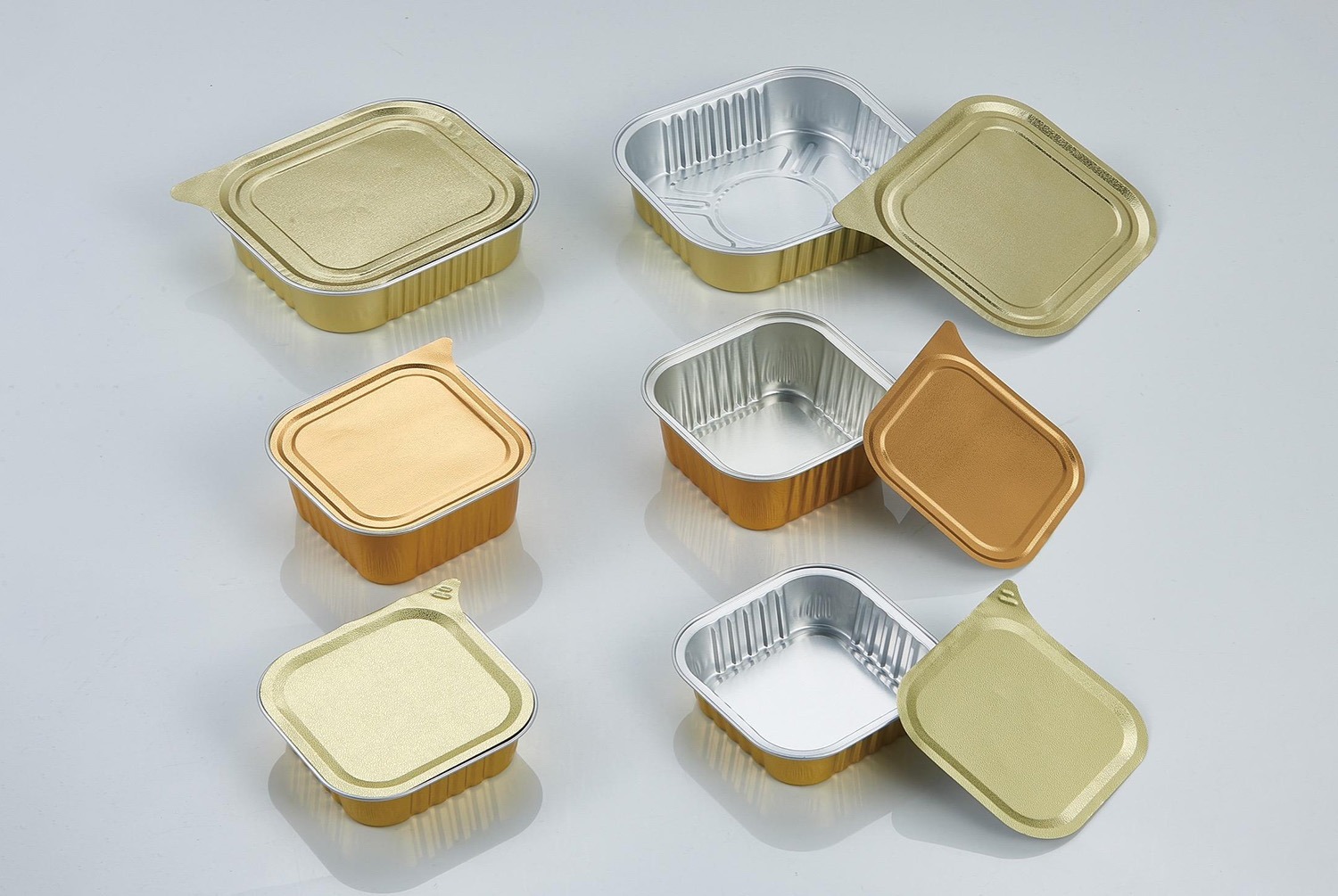
If you find yourself hesitating, just remember: The modern kitchen embraces smart, safe solutions—and aluminum trays, used wisely, fit right in.
